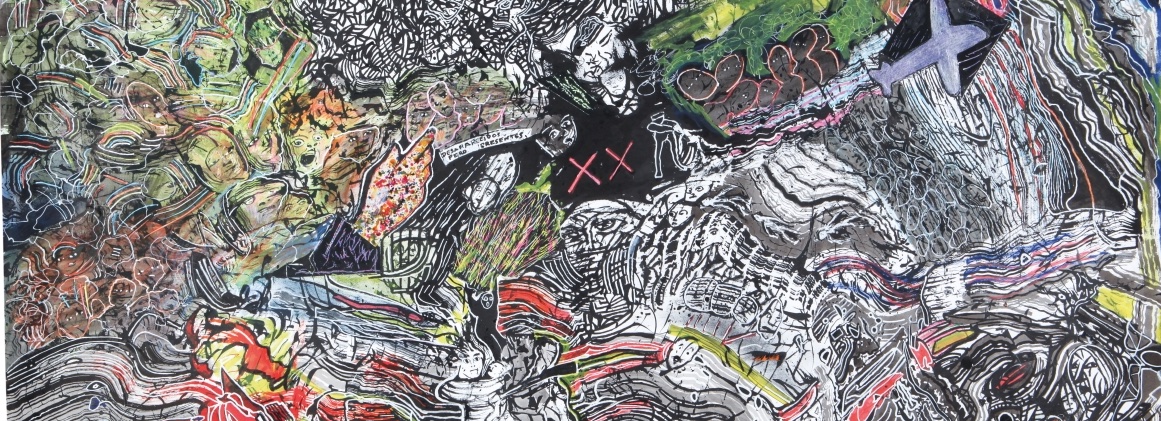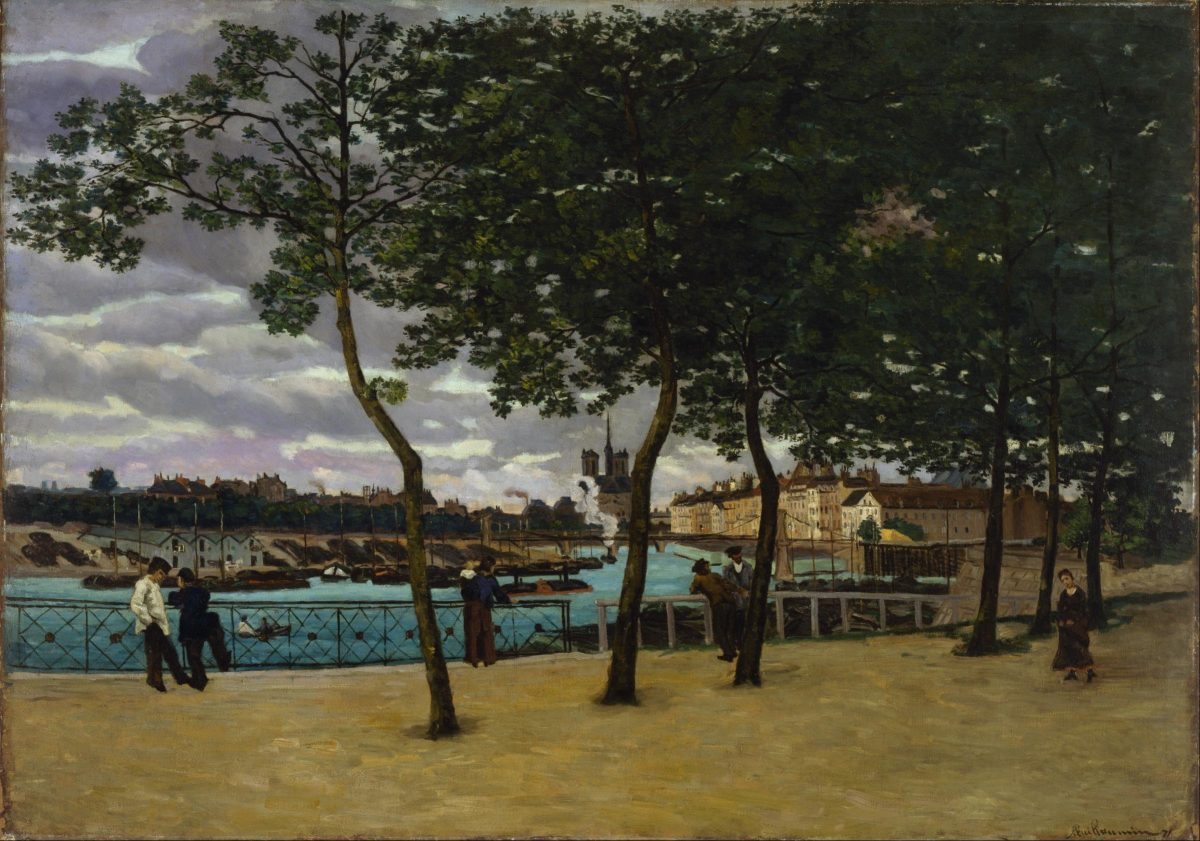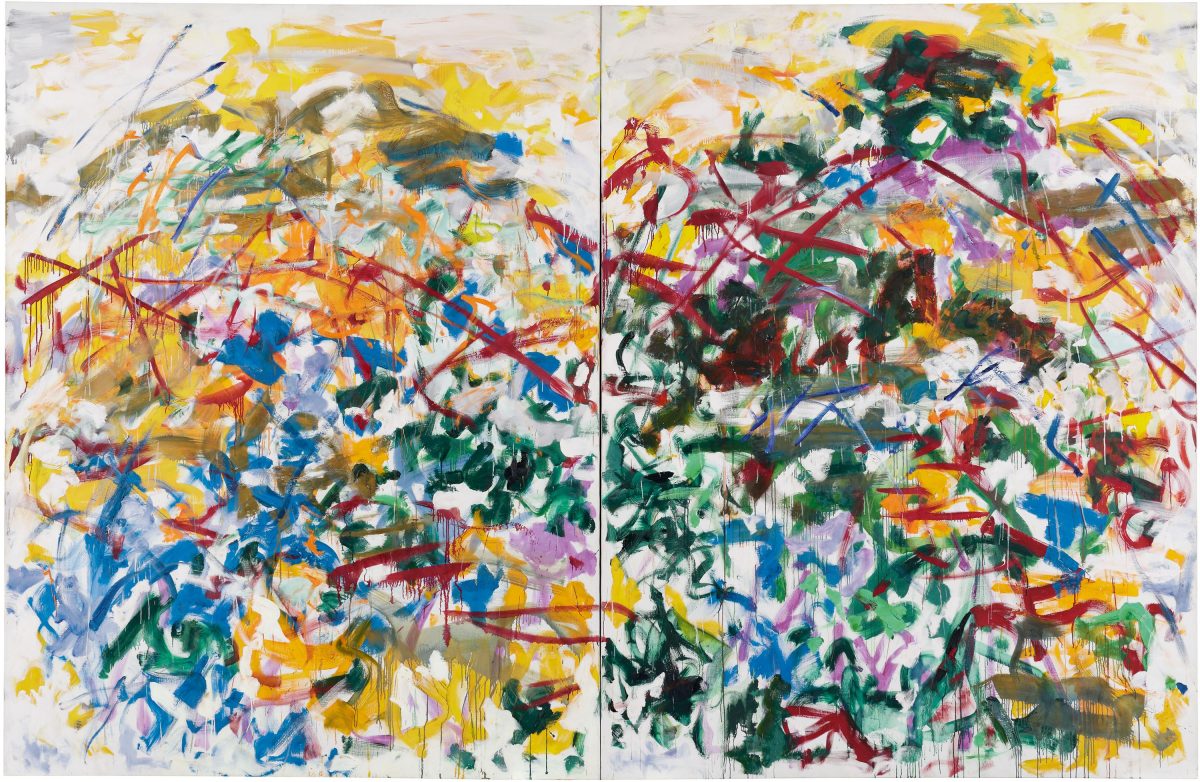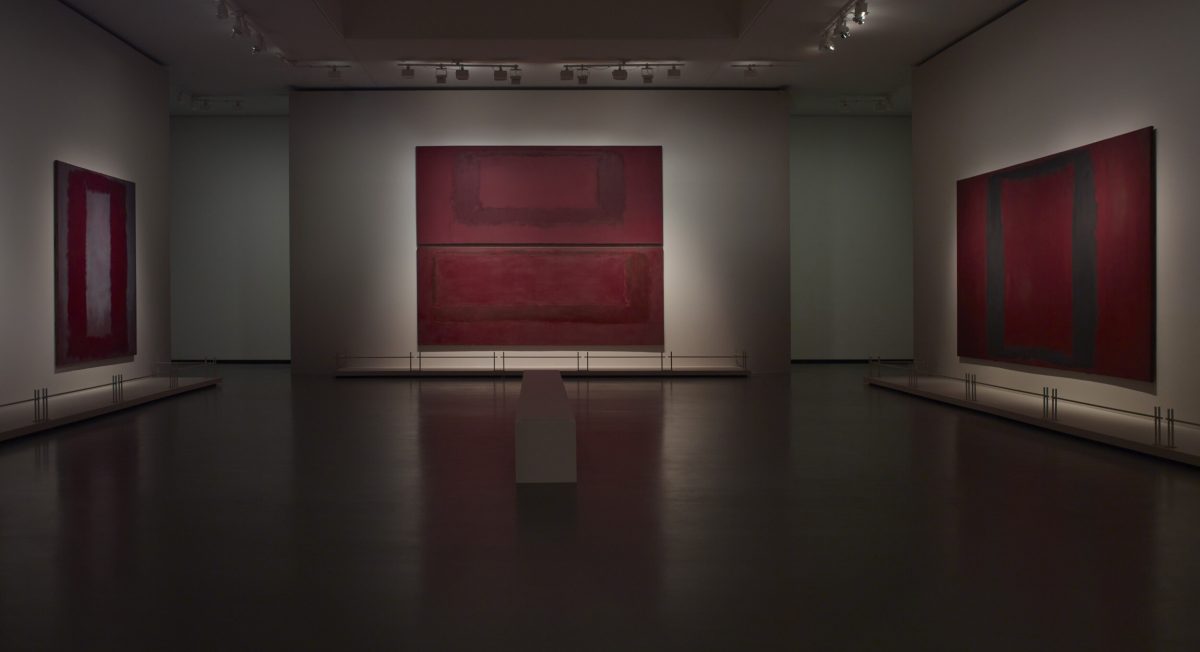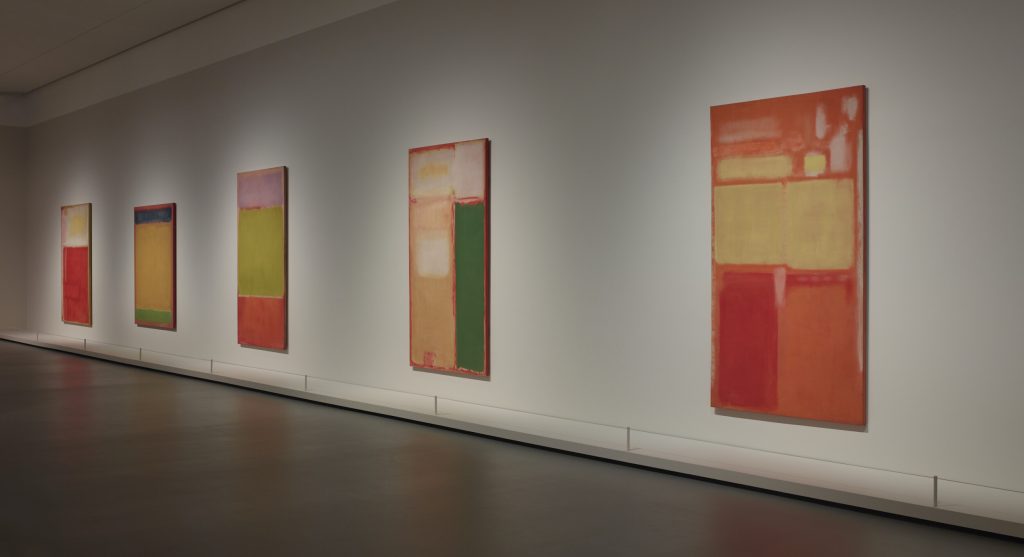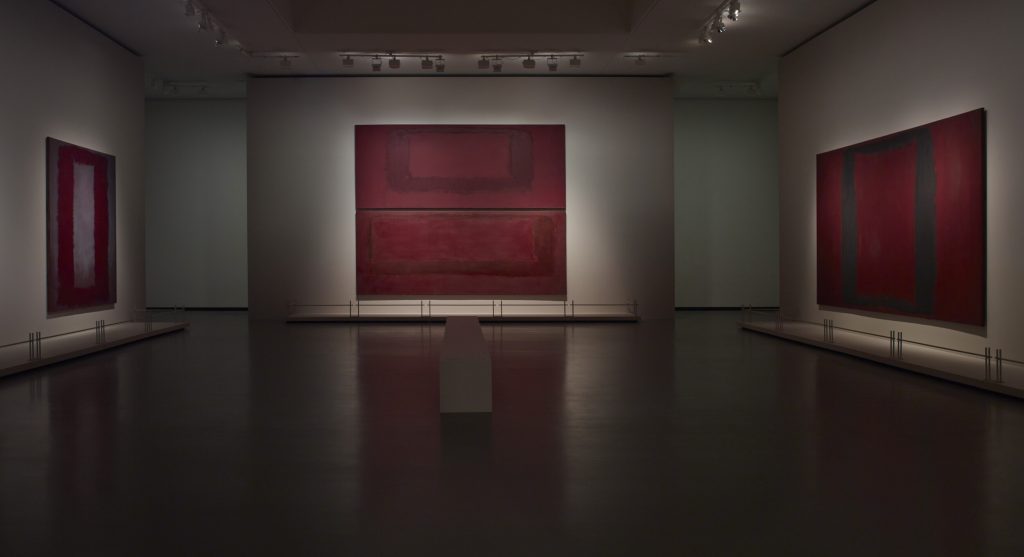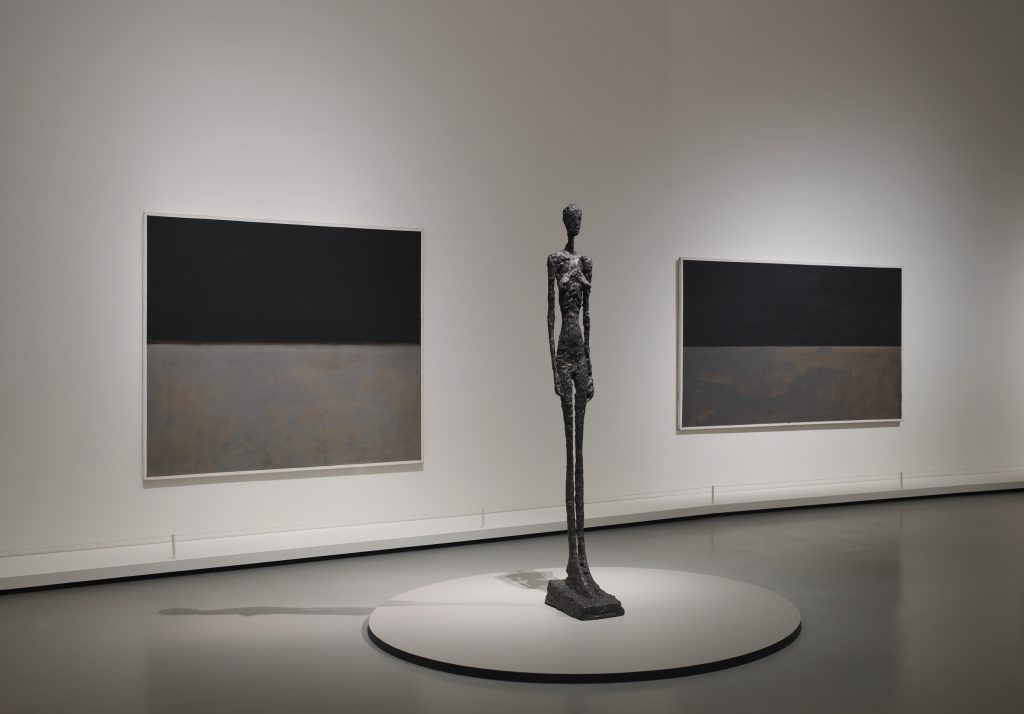In 2013, on the roof of the Fridericianum in Kassal, the Italian performance artist Chiara Fumai staged a ‘freak show’. Amidst fire-breathers and bearded ladies, Fumai was dressed as the nineteenth-century sideshow sensation Zalumma Agra, in a white gown and giant wig that haloed her face. ‘I discard ideology and I no longer know anything’, she boomed to the audience below. ‘Losing my way is my proof’. Her words however were those of another famous misfit, one who had wilfully pushed herself to the margins, and who saw no salvation in culture or civic life. The speech was an assemblage of two tracts by Carla Lonzi, ‘I, Say, I’ and ‘Let’s Spit on Hegel’, the second of which was rendered somewhat literally, as Fumai took periodic breaks from her monologue to spit.
Lonzi was an Italian art critic and one of the founding members of the feminist group Rivolta Femminile – yet one hesitates to apply such labels to someone so insistent in eluding all forms of identification. ‘Twenty years ago I was a university student / Fifteen years ago I was an Art History graduate / Ten years ago I was a writer and had artist friends / Five years ago I was a feminist . . . Now I am nothing – absolutely nothing’, she wrote in 1973. Lonzi proposed a feminism where nothingness was the ideal, to be achieved through a radical withdrawal from the world of culture, politics and ideology where men had set the terms. This process, which she called ‘deculturizzazione’, was to be followed by one of ‘autocoscienza’, in which women would forge relationships outside of male-dominated structures. While other feminists wrestled with how best to articulate their condition in order to be understood, Lonzi sought the opposite: the right to be illegible.
Refusal was an impulse in Lonzi’s work long before her activism. This is made clear by Feminism In Revolt, a new anthology of her writing edited by Luisa Lorenza Corna and Jamila M. H. Mascat, much of it published in English for the first time. Beginning with Lonzi’s art criticism of the early sixties, the book allows us to track the progression of her thought from a position of sneering dismissal towards the outside world, to one of absolute denial, and onward to increasingly imaginative forms of literary experimentation. Up until her death from cancer in 1982, Lonzi strived for new modes of self-expression; for her, what defined true freedom was always in motion, always expanding. A word that recurs throughout the book is ‘adventure’, used not to conjure joyful heroism, but to evoke the sacrifice and alienation that lined the path to liberation.
Lonzi’s style was consistent with this outlook. Rivolta Femminile’s manifestos were clipped and contemptuous in their advocacy of women’s withdrawal from male territory. Her personal writing was similarly uncompromising, anatomizing how her relationships and consciousness had been disfigured by patriarchal force. It can be painful to follow Lonzi as she seeks the dividing lines between societal impositions and untainted selfhood, and as she attempts the near-impossible task of eliminating such intrusions – a process she referred to as ‘undoing’. How many of our thoughts, her writing asks, are truly our own? And what might we be willing to surrender to find out?
Obstinate and introspective, Lonzi could not be easily absorbed into feminism’s second wave. This may explain the lag in translating her into English. But in recent years, she has begun to garner more attention. Feminism in Revolt follows Allison Grimaldi Donahue’s 2021 translation of Lonzi’s Self-Portrait, a playful and digressive work from 1969, in which Lonzi composed a polyphonic conversation drawn from fourteen tape-recorded interviews with artists (most of them male, including her then-partner Pietro Consagra). In it, Lonzi presents a damning image of the critic: a ‘bureaucrat, a little careerist, a busybody’ who gets off on his authority. Rather than establishing a dialogue with artists, the critic peers down from the towers of institutional knowledge and pronounces his judgments.
‘The work of art’, wrote Lonzi, ‘felt to me, at a certain point, like a possibility for meeting, like an invitation to participate, addressed by the artists to each of us. It seemed to be a gesture to which I could not respond in a professional manner.’ Self-Portrait was her response – her ‘self-portrait’ ultimately emerging not only through her own speech, but through the reassembled words of those she recorded. The artists she interviews discuss their art practices, mythology, erotics, emerging technologies, nature and politics. The form is loose and capacious: conversations drift and disappear off the page, photographs are inserted without captions. Cy Twomby, who refused to participate, has his silences recorded. Lonzi’s son Tita interrupts the conversation, calling out to his mother. The male artists babble on, sometimes brilliantly, sometimes idiotically. The recorder is also a rope with which Lonzi lets the artists hang themselves. All she has to do is listen.
Remade dialogues also form the basis of Catherine Lacey’s 2023 novel, The Biography of X, in which Lonzi is fictionalized. As in Fumai’s rooftop performance, Lonzi’s words are repurposed. Yet in Lacey’s hands, Lonzi becomes a feminist devoted to ‘writing essays and petitioning her government for equal rights’, when in fact Lonzi always saw equality as a losing game. She believed that attempting to rebalance patriarchal systems would merely result in the same old subjugations. ‘The oppression of woman . . . is not overcome in equality, for it persists in equality. Nor in revolution, for it persists in revolution’, she writes in ‘Let’s Spit on Hegel’, where she gives all male revolutionaries the boot. For Lonzi, fighting for inclusion was like adding fresh water to a poisoned well – it would still kill you in the end.
In imagining a form of feminism beyond equality, Lonzi could sometimes overlook material realities. The right to abortion, she maintained, could not save women from their ‘vaginal destiny’; it merely helped the patriarchy perpetuate itself. In a letter to Pier Paolo Pasolini, where she refers to him as a ‘brother’, but one who ‘still gains a hearing before his sister’, she clarified her position: ‘Our aim was not to deny the freedom to abort but to change its meaning in the consciousness to those who will continue to undergo it.’ It’s tempting to separate out Lonzi’s thought into incisive and misguided, relevant and irrelevant. Yet her ideas are tightly interwoven. They present a totalizing vision in which those forced into the position of ‘women’ are free to change its meaning.
‘Let’s Spit on Hegel’ features in Elena Ferrante’s Those Who Leave and Those Who Stay, the third novel in her Neapolitan quartet, where Lenù reads the essay while watching over her two children. She is overcome by its vision of expunction, vacant and glowing:
Every sentence struck me, every word, and above all the bold freedom of thought […] How is it possible, I wondered, that a woman knows how to think like that. I worked so hard on books, but I endured them, I never actually used them, I never turned them against themselves. This is thinking. This is thinking against.
For Rivolta Femminile, maternity and child-rearing were not in opposition to women’s emancipation. ‘We are not to blame for giving birth to humanity from our slavery. The father, not the child, enslaved us’. If anything, caring for children was the only outlet for a kind of play and pleasure that had been otherwise exiled from women’s lives. In her diary Shut Up or Rather Speak, Lonzi appears to have wanted to claw back the lost passions and mysteries of infancy. She rummages through her earliest memories, excavating how she became privy to life’s hierarchies. She dwells in particular on the birth of her sister – ‘a big, fleshy doll that glared at me with a ferocious unwillingness to share’, whose presence demoted Lonzi in the eyes of her parents – as the moment when she learnt that love can be withheld, or doled out unevenly.
Lonzi’s parents were both orphans, and she describes them as desperate to compensate for this lack. ‘In photographs’, she writes, ‘my mother always has the air of a shy, melancholic virgin, while my father laughs like someone who has much to do before he can be satisfied with himself’. As a preteen boarder, she was obsessed with the mystical writings of the nuns Teresa of Avila and Therese Martin. She later began to seek spiritual sustenance in painting and studied under the tutelage of Roberto Longhi, one Italy’s most revered art historians and critics. She followed him into the profession until it became antithetical to her burgeoning politics; Self-Portrait was her final act before abandoning art criticism.
In 1980 Lonzi employed a tape recorder for another book project, Now You Can Go, a transcription of her marathon four-day break-up with Consagra, whom she had been with for fifteen years. The excerpt included in Feminism in Revolt shows the couple trapped in their own irreconcilable realities. Lonzi can’t stand that his creativity is compartmentalized, while hers seeps into all parts of her life. They bicker about how they’ve influenced one another’s work. When Lonzi claims that Consagra drew on her diaries for one of his books, he retorts: ‘You put flesh to the flame on every page. I didn’t do that. I burnt nothing.’ The pair come to represent the tipped scales that define many heterosexual relations: a woman who will put flesh to the flame, a man who will burn nothing. In the end, Lonzi can no longer accept the ‘cancellation of her consciousness’, so she asks him to leave.
Lonzi renounced almost everything, yet she always came back to the nuns that taught her as an adolescent. ‘I have kept them in mind especially in moments of crisis, whenever I needed to admit that I had been deluded and to find the inner peace from which to start over’, she writes in ‘Itinerary of Reflections’. Lonzi found a template in the lives of ascetics: women who lived without the shackles of materiality or marriage, in places of ‘deprivation not destruction’. In such conditions, she observed, pain and ecstasy were entangled, and new forms of communication bloomed. The nuns had been on an ‘unseen, unquestionable adventure that was as abstract as love, concrete as suffering’. They proved Lonzi’s concept of ‘resonance’ – that women living in different times and contexts can nonetheless share a strange affinity, one that only becomes possible in refusing the forward motion of male history.
Read on: Bianca Beccalli, ‘The Modern Women’s Movement in Italy’, NLR I/204.




